Iran, a nation with a rich culture and history, observes a number of colorful autumn festivals and customs. These celebrations highlight the country’s enduring traditions, religious convictions, and agricultural past. Iranians gather to celebrate their cultural identity and commemorate the passing of the seasons at harvest festivals and other religious celebrations. We shall examine some of Iran’s most important autumn festivals and rituals in this post, emphasizing their importance and the traditions that go along with them.
Autumn in Iran
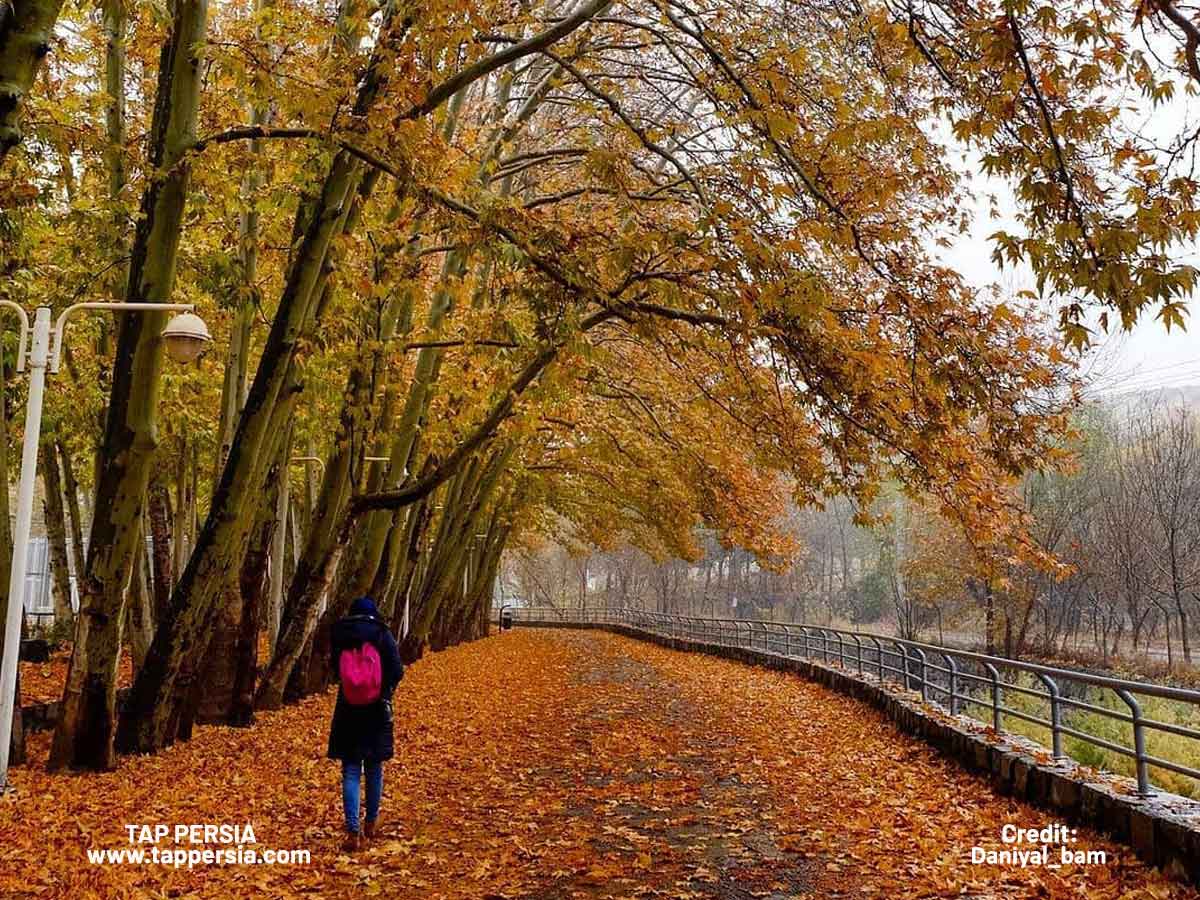
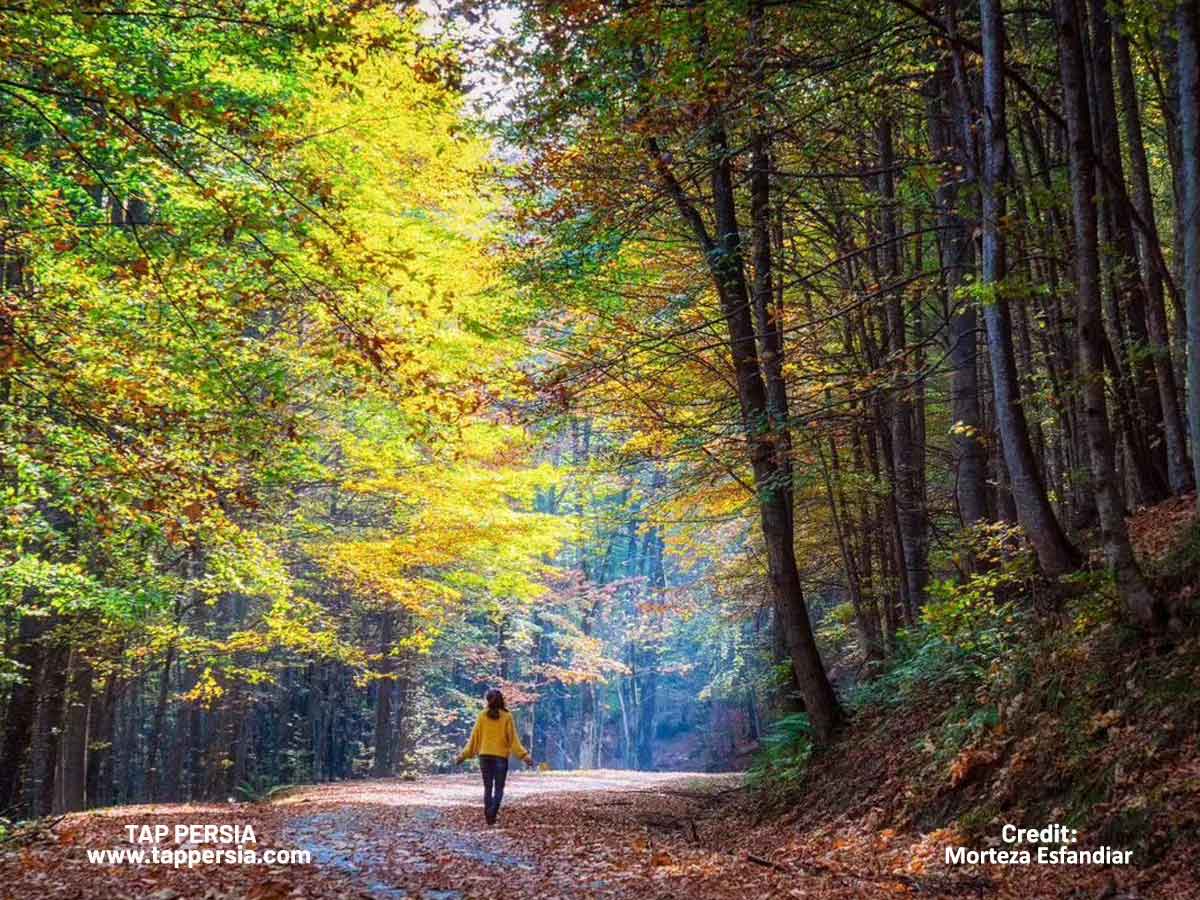
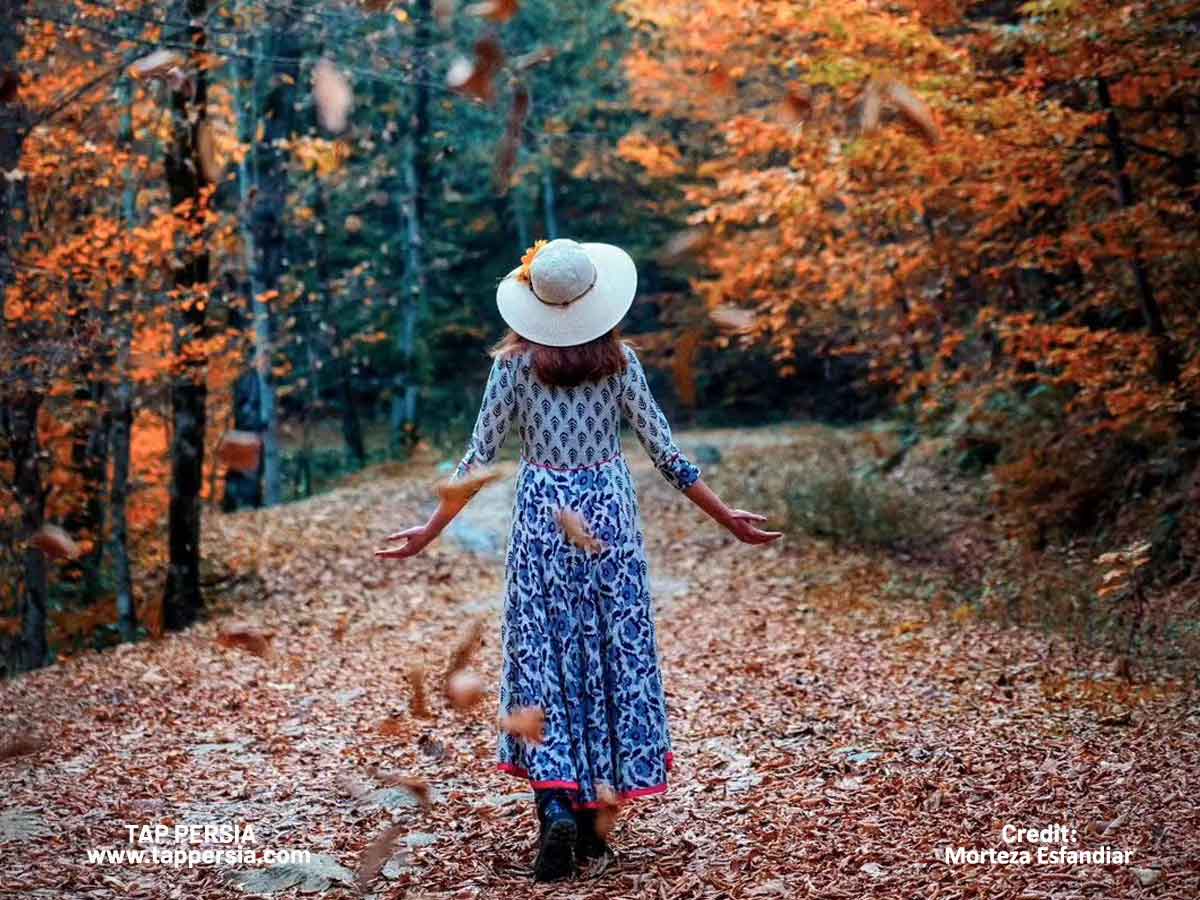
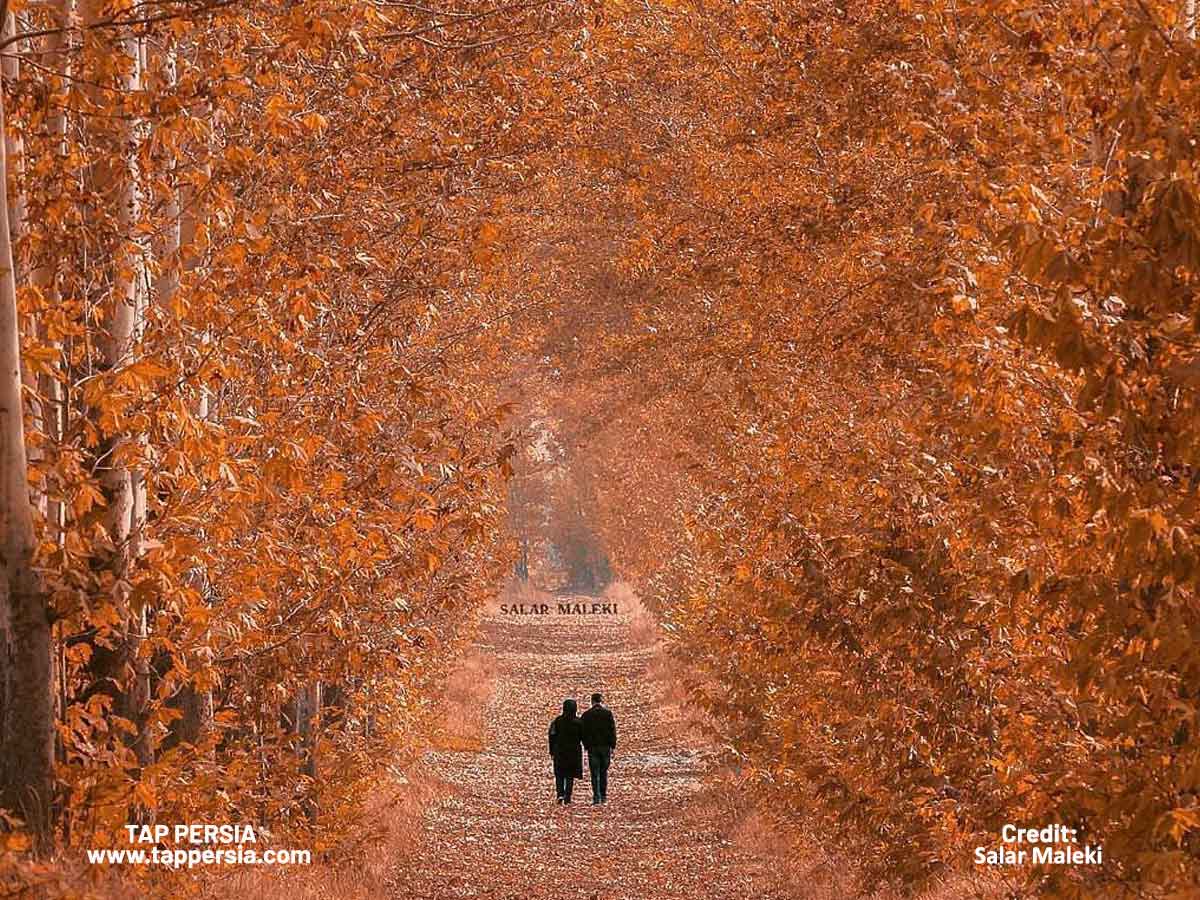
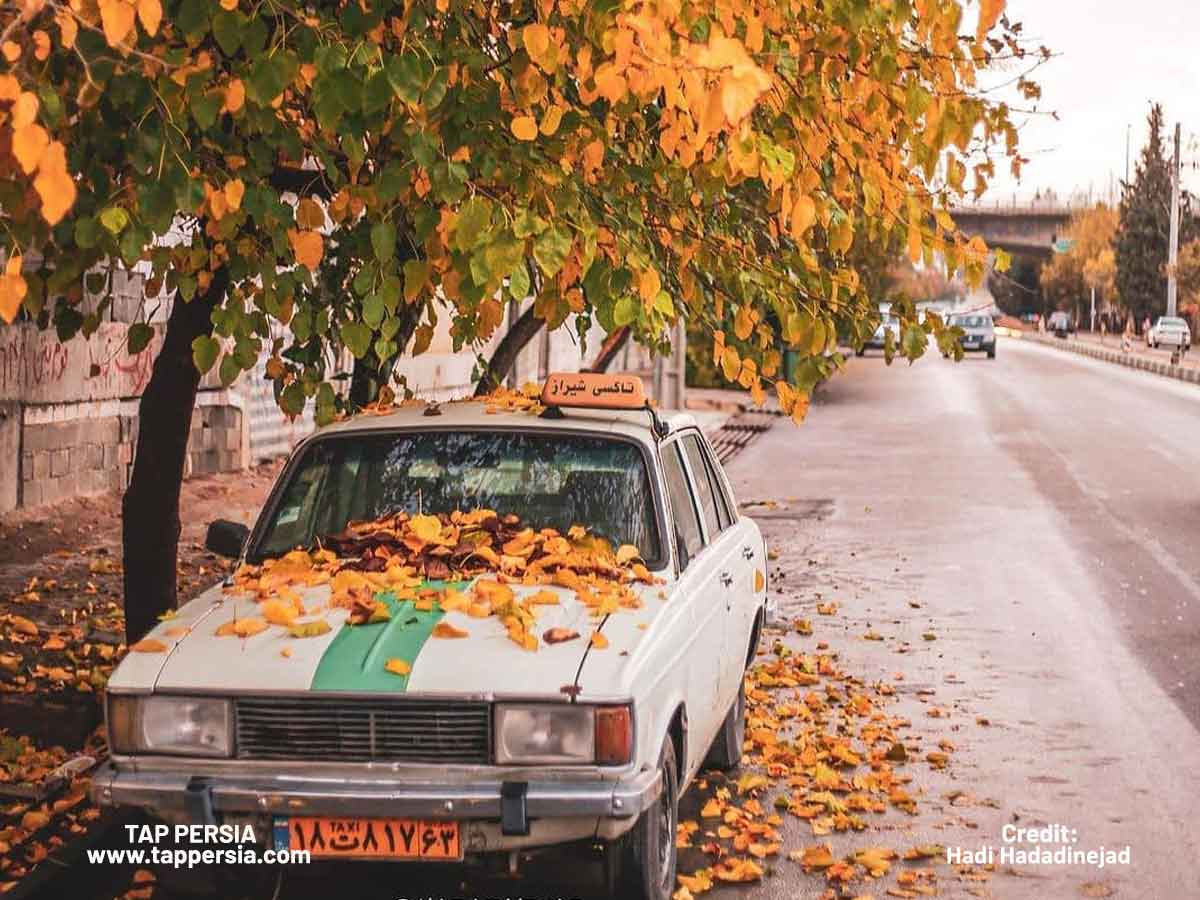
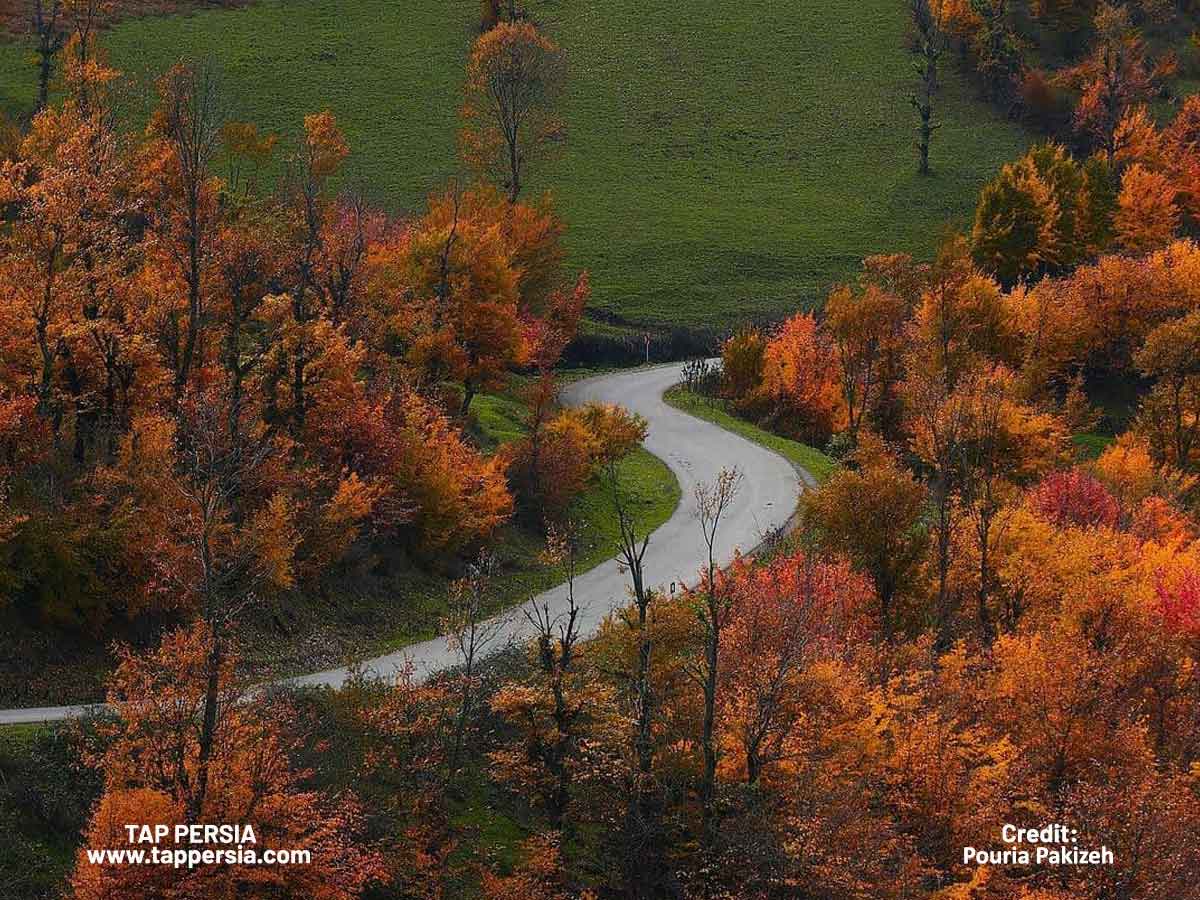
Starting in the second part of September and lasting until December, autumn in Iran. This time of year, nature is decked up in her most vibrant, interesting attire. It is regarded as the second season that domestic travelers like most, after spring, because of the breathtaking landscape that can only be seen in paradise. Early fall is the best time of year for tourists with diverse interests—whether they are fans of historic sites, sightseeing, snow, or anything else—to go to all corners of Iran. There are a number of fantastic, fun traditions and celebrations that are celebrated by Iranians in autumn. We recommend you check them out if you are willing to travel to Iran.
Mehregan Festival

Mehregan, which means “The Festival of Love,” is one of Iran’s most well-known fall holidays. It is observed on the sixteenth day of the Persian month of Mehr (often in late September or early October), and it is known as one of the country’s most romantic celebrations. This festival honors the Iranian god Mithra and is a time to rejoice in the harvest, love, and friendship. The Mehregan festival has its roots in ancient Persia when it was observed as a harvest celebration. Farmers would get together at that time to give gratitude for the plentiful harvest and to rejoice with their family and friends.

The celebration eventually came to be linked to the deity Mithra, who was revered as the guardian of enduring love and friendship. Nowadays, traditional dishes, dancing, and music are used to commemorate Mehregan all over Iran. To give presents and enjoy meals, people dress up in vibrant clothing and visit each other’s houses. In addition, the event serves as a significant occasion for Iranians to commemorate and reaffirm their cultural identity.
Yalda Night

Yalda Night, which occurs on the longest night of the year (often on December 21st), is another significant autumn holiday in Iran. A celebration of the winter solstice, this event has long-standing Zoroastrian roots. Families join together to share meals from the past, read poems, and stay up late. Zoroastrianism, an ancient Persian religion that was practiced in Iran before to the arrival of Islam, is where Yalda Night’s roots may be found. Shab-e Cheleh, which translates to “night of forty” in Persian, was the name of the first festival, which marked the beginning of a new year and was a time for celebration.


Today, traditional delicacies like pomegranates and watermelon, which are said to have healing properties, are consumed during the celebration of Yalda Night across Iran. Iranians gather together to commemorate the winter solstice around this time, and families often perform poetry and exchange stories.
Harvest Festivals
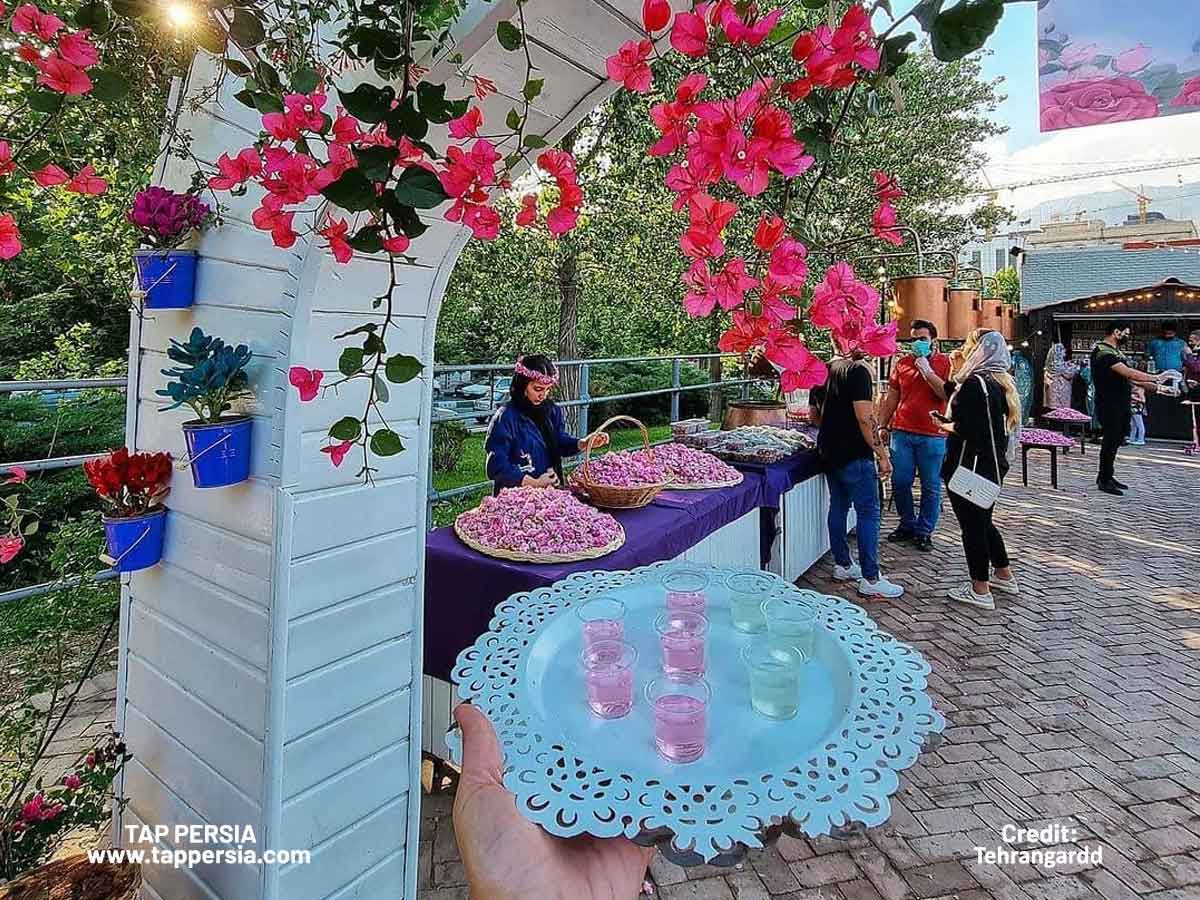
Harvest festivals in rural Iran, held in the fall, celebrate the abundance of crops and community gratitude. These gatherings unite farmers and villagers, fostering camaraderie. Traditional activities like wheat threshing, grape crushing, and pomegranate picking showcase farmers’ hard work. Families and friends handpick pomegranates, symbolizing fertility, prosperity, and abundance, sharing laughter and stories.
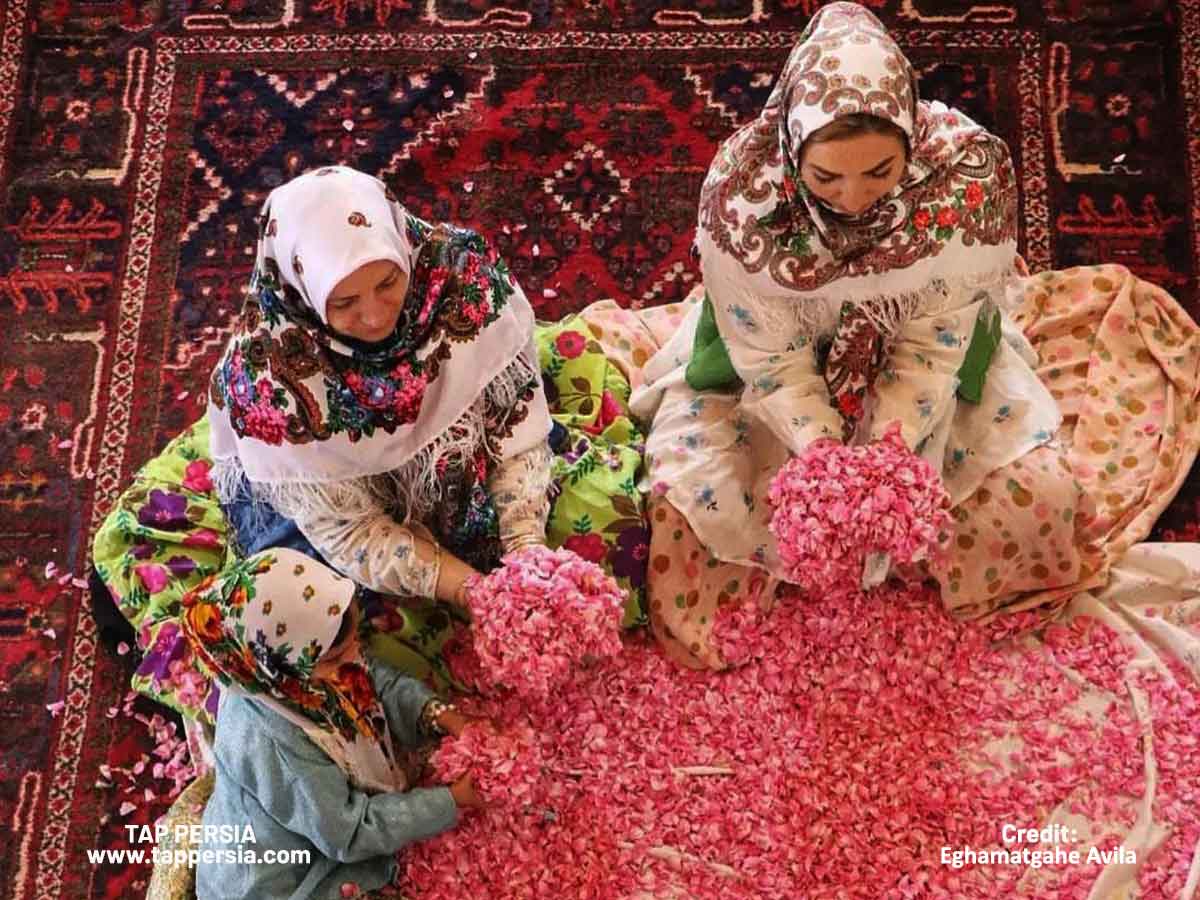
The festivities also feature traditional games and competitions, reflecting the agricultural traditions of the region. These games provide a platform for friendly competition and bonding among community members of all ages. A sumptuous feast prepared with freshly harvested ingredients, such as stews, rice dishes, and bread and sweets, showcases the culinary richness of the region and the connection between the land and its people.
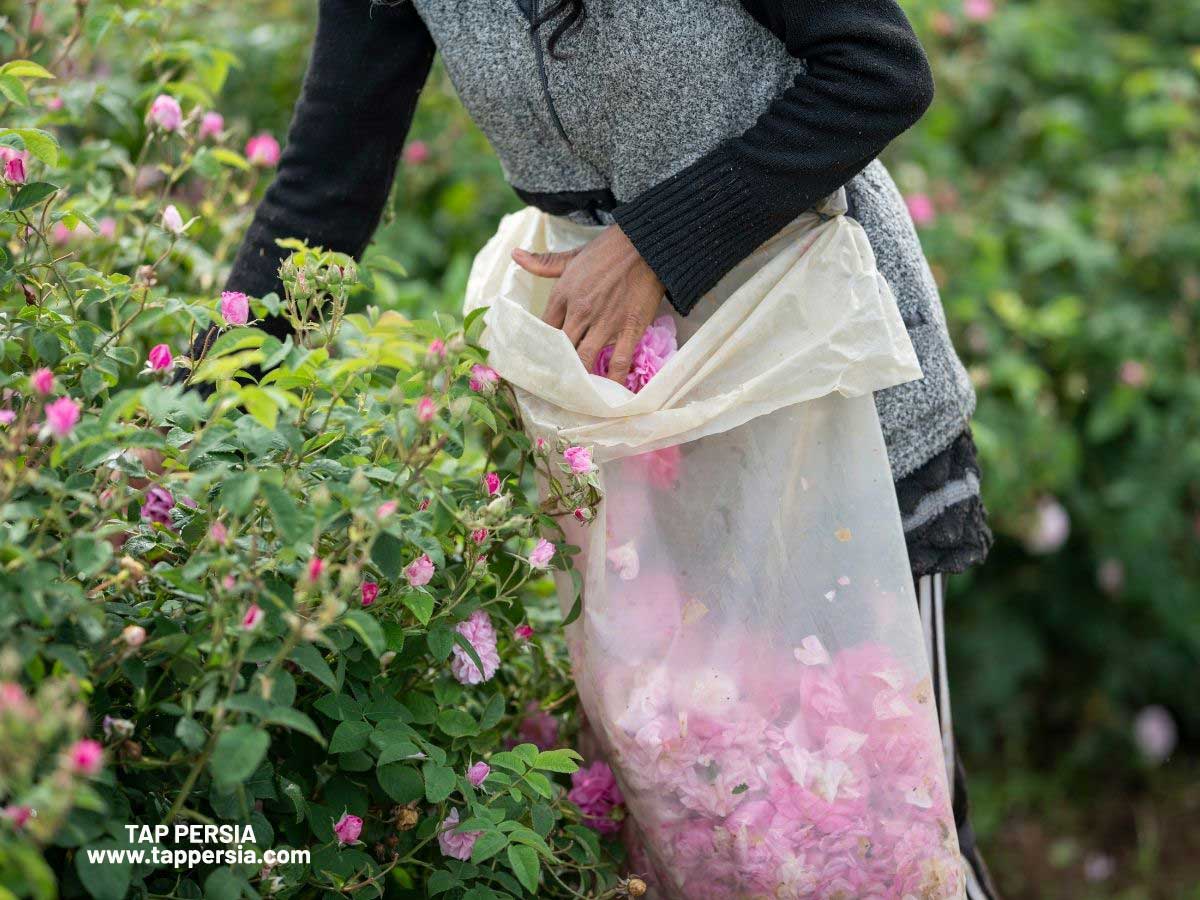
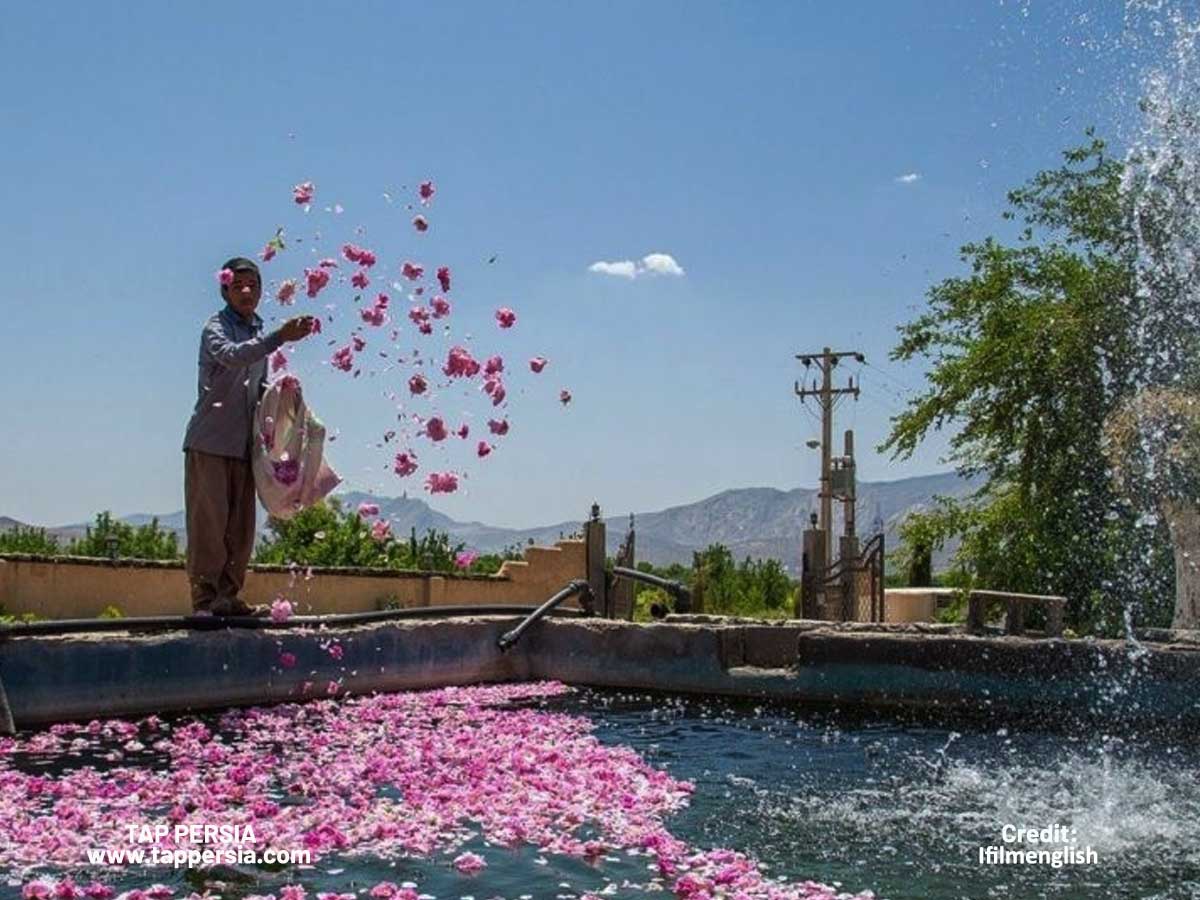
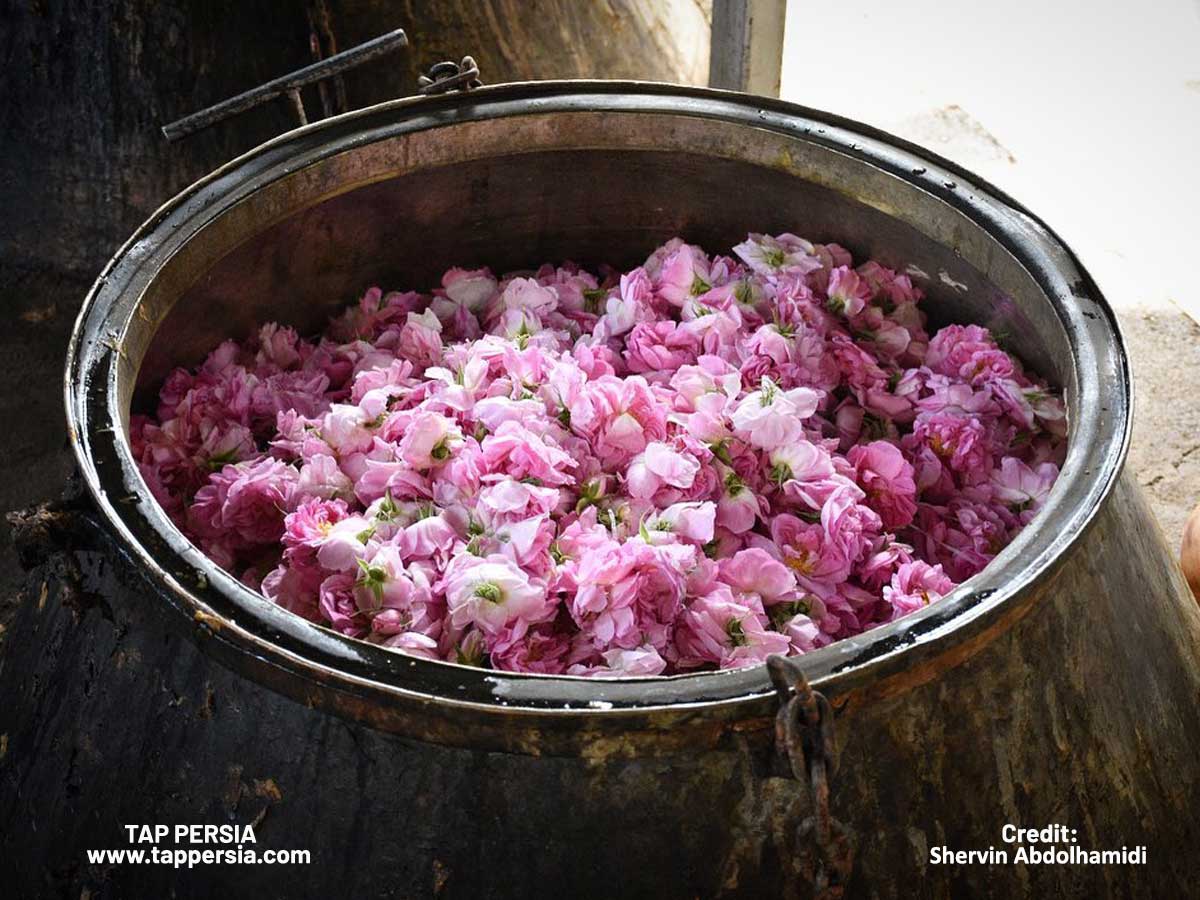
These harvest festivals in rural Iran serve as a testament to the country’s deep-rooted agricultural heritage and the dedication of its farmers. They offer a glimpse into the rhythm of rural life, highlighting the interconnectedness between humans and the land.
Saffron Harvest
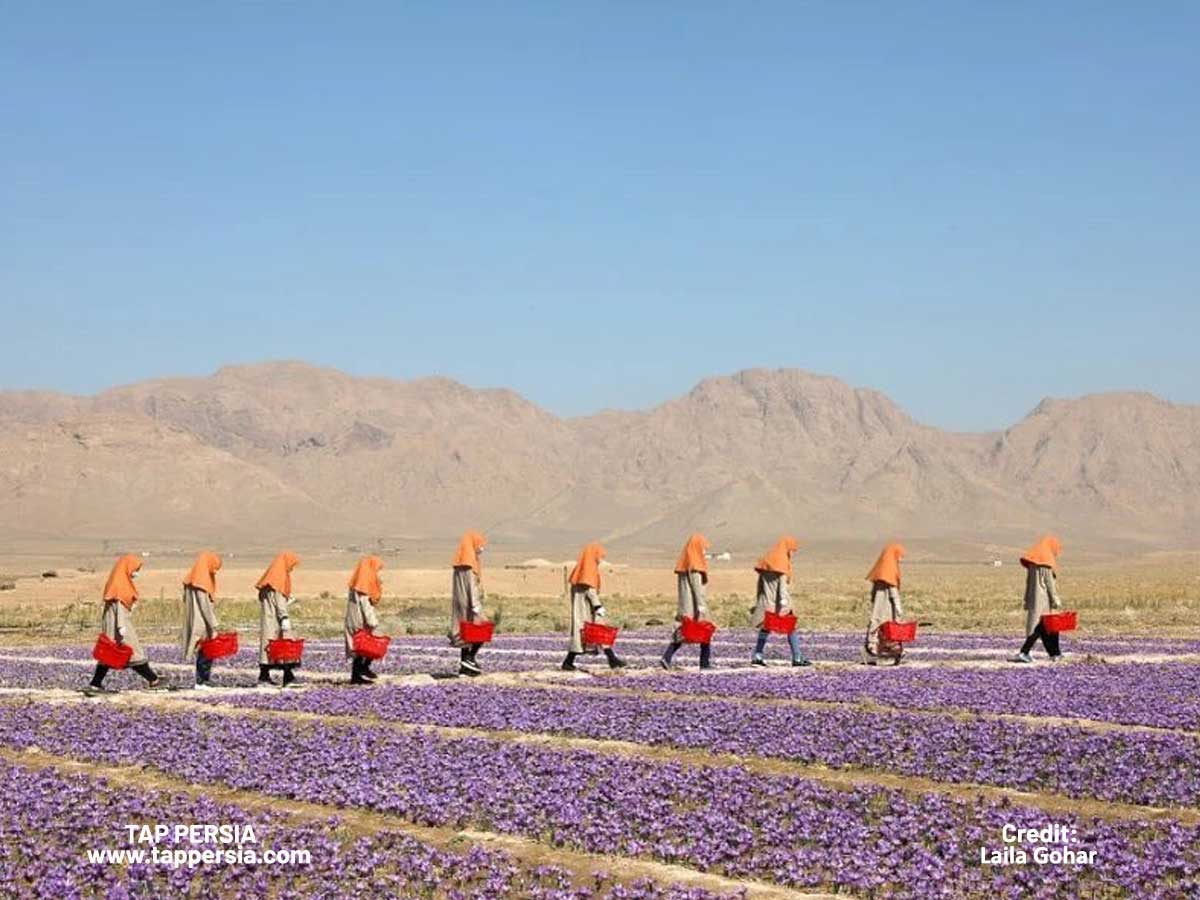
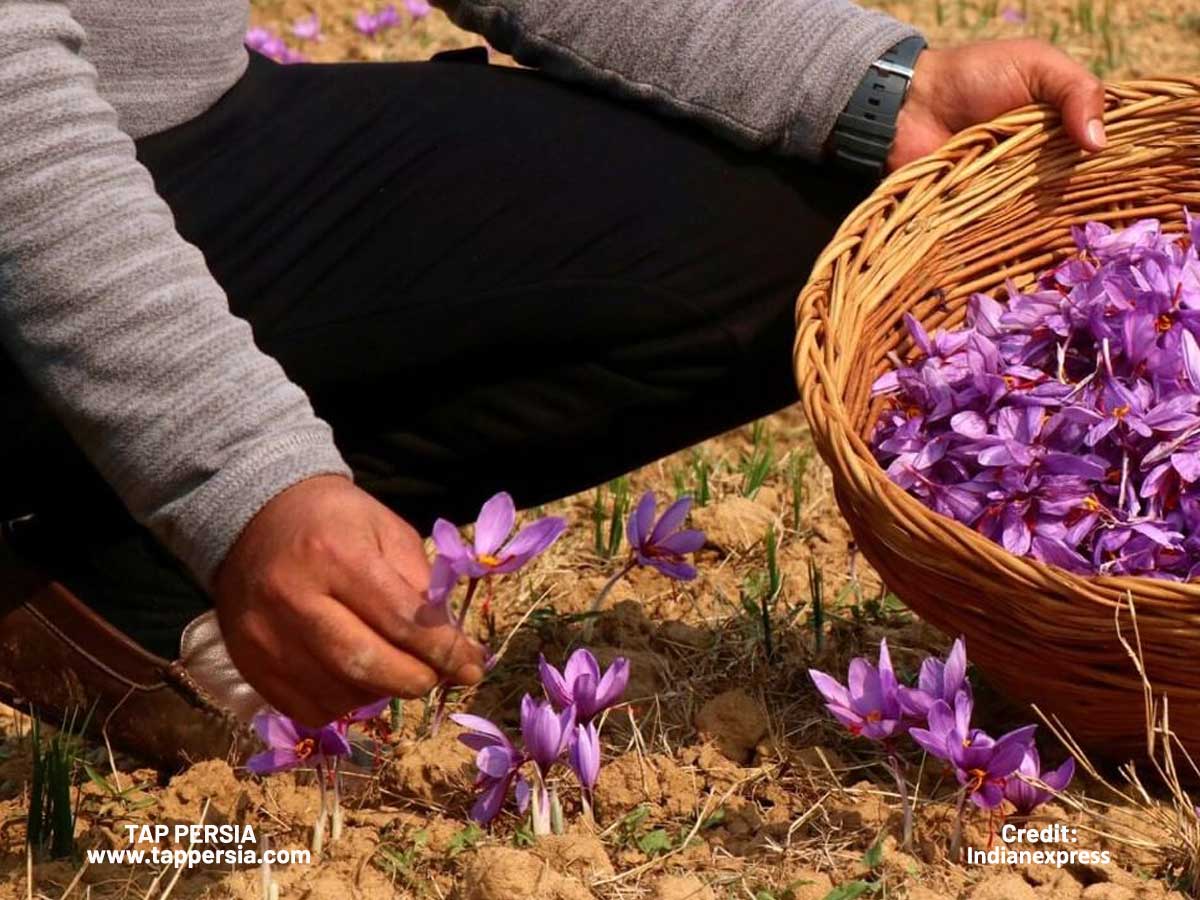
The saffron harvest in Iran is a significant event that involves the meticulous hand-picking of delicate crocus flowers and the separation of stigmas to maintain its flavor and aroma. This labor-intensive process is not only economically significant but also culturally significant, as saffron has been a part of Iranian culture for centuries and is used in traditional dishes and medicines. The harvest allows communities to celebrate their heritage and showcase their skills in saffron cultivation. Iran, one of the world’s largest producers of saffron, is known for producing high-quality saffron, a testament to its agricultural prowess and the hard work of its farmers. The harvest is a celebration of Iran’s cultural and economic significance.





Conclusion
In general, Iran’s autumnal celebrations and customs are a monument to the nation’s rich cultural past, connection to nature, and value of community and solidarity. These festivities give a look into Iran’s rich cultural tapestry and give residents and guests a chance to learn about the traditions, beliefs, and rituals that have influenced the country over the years. By taking part in these festivities, one may get a sense of Iranian hospitality’s warmth, the country’s traditions’ beauty, and the enduring spirit of its people.




Comment (0)